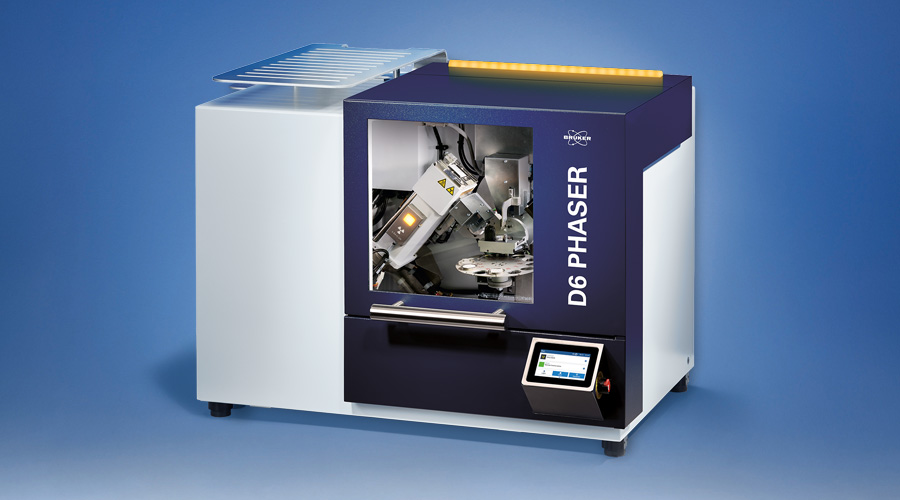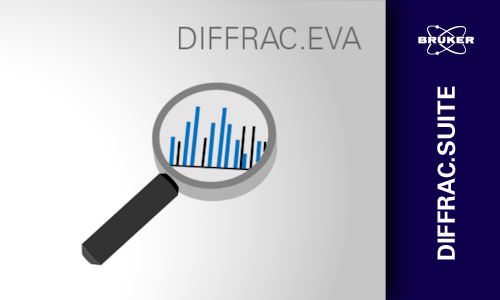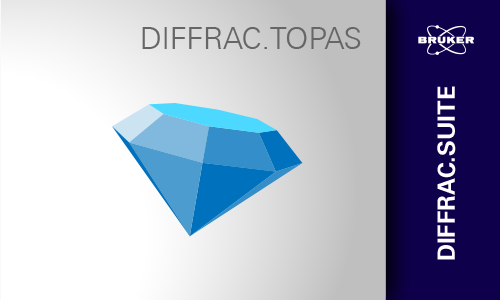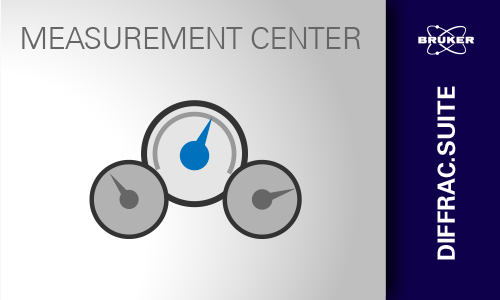D6 PHASER for Battery Research
Operando X-ray diffraction plays a crucial role in advancing our understanding of energy storage systems, aiming to enhance the efficiency and durability of batteries by providing valuable insights into dynamic processes such as phase transitions, lattice parameter variations, and other crystallographic transformations within the electrodes.
From planning and execution of cycling experiments to data visualization and batch analysis of large datasets, the D6 PHASER provides a complete, fully integrated solution to help in the pursuit of innovative solutions for next-generation energy storage technologies.
Why a Benchtop XRD for Battery Research?
The D6 PHASER, with its combination of the highest benchtop X-ray source power on the market (1.2 kW), small goniometer radius, tailored beam optics, and proven LYNXEYE XE-T detector technology, provides excellent data quality for analyzing battery cells under operando conditions. Diffraction patterns can be collected in just a few minutes, allowing for full Rietveld refinement using DIFFRAC.TOPAS.
Made by Battery Experts, for Battery Experts
The D6 PHASER has stage attachments for both reflection mode electrochemical cell and transmission mode pouch cell, meaning operando experiments for studying the cathode, the anode, or the entire cell can be designed and carried out. A clamp stage enables the use of various pouch cell sizes, while a reflection coin cell stage attachment is made with the LeRiChe’S Battery Cell Type 2* in mind. This cell, offered exclusively by Bruker, has been developed at the LCRS, University of Amiens, specifically for XRD. The cells are lightweight and compact, making for easy assembly and use.
Plan – Measure – Analyze
The integration of the SP-50 potentiostat from BioLogic into DIFFRAC.SUITE enables linked XRD and electrochemistry experiments through a single interface.
Plan and build modular experiments in DIFFRAC.WIZARD combining user defined XRD scans with Constant Current (CC), Constant Voltage (CV), and Open Circuit Voltage (OCV) modes. All parameters are recorded together with the XRD scan data in the measurement result file for evaluation and presentation in DIFFRAC.EVA.
Operando Data Visualization in DIFFRAC.EVA
DIFFRAC.EVA is an amazing tool that allows for quickly visualizing a large number of XRD datasets, up to hundreds or even thousands. Select an individual dataset for phase identification or use the 2D view to get a quick overview of large in-situ datasets for easy identification of new species and transition points. The evolution of current or voltage parameters can also be plotted together with the XRD data or listed in a table for analysis in other software.
Accurate Modeling for a Full Understanding
A typical operando diffraction experiment consists of hundreds or thousands of datasets. Rietveld full profile fitting in DIFFRAC.TOPAS is used to provide a quantitative understanding of the diffraction data and building a complete picture of the conditions inside the cell, and the refinements takes only a few seconds. Models for the complete layer stack of a battery cell can be easily constructed and are needed to accurately determine relative phase amounts and lattice parameters. This includes absorption correction, sample displacement correction, and preferred orientation correction for each layer. Once a model or project is defined, future analyses can be performed by loading a data set and running the refinement with a single click!




